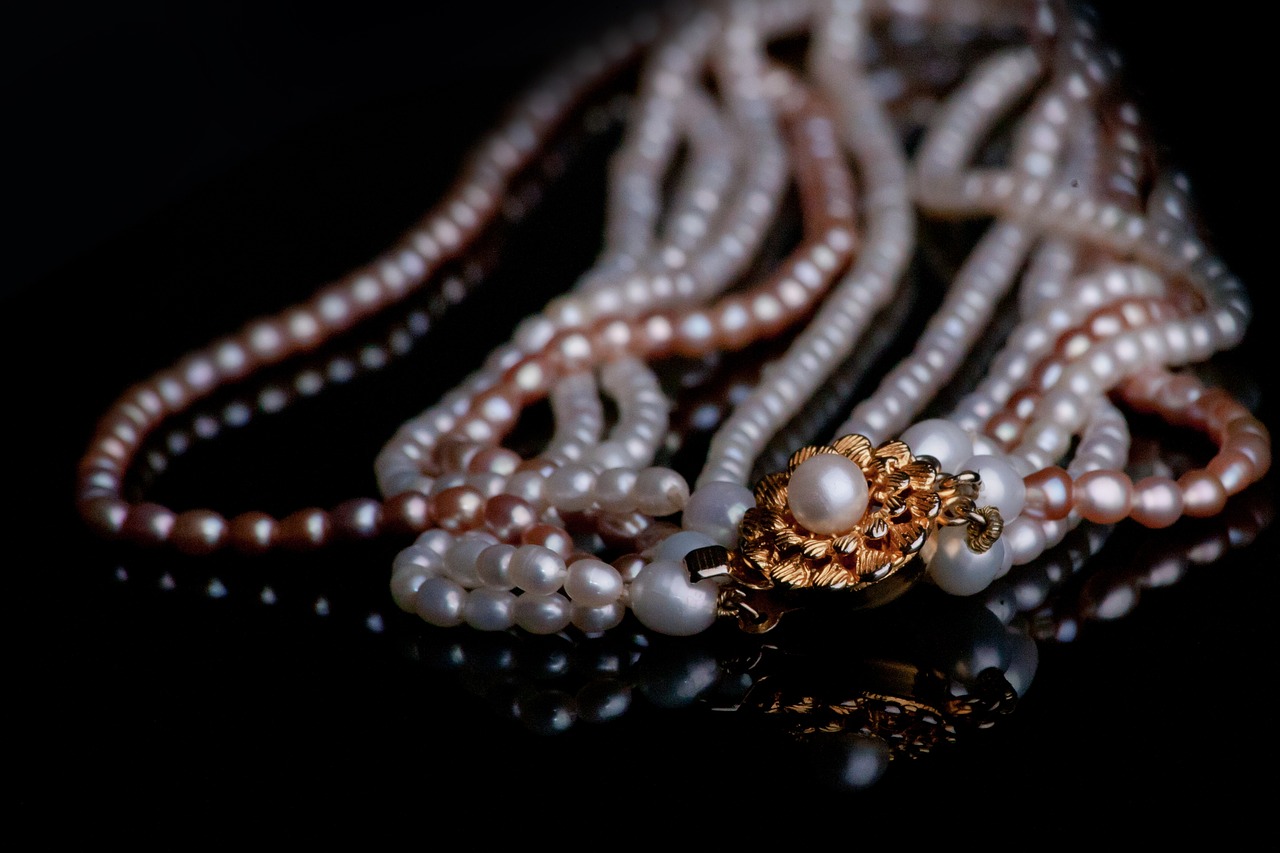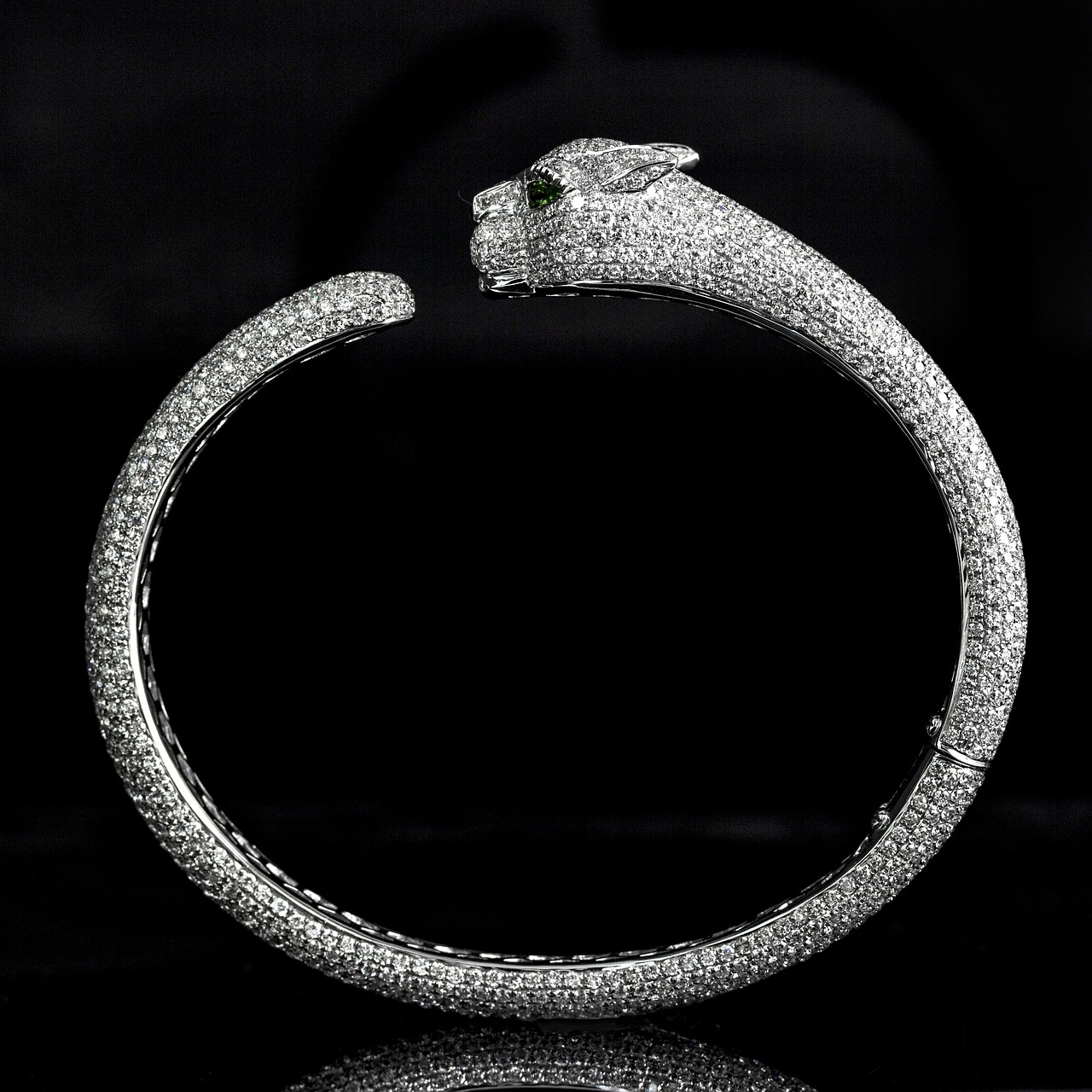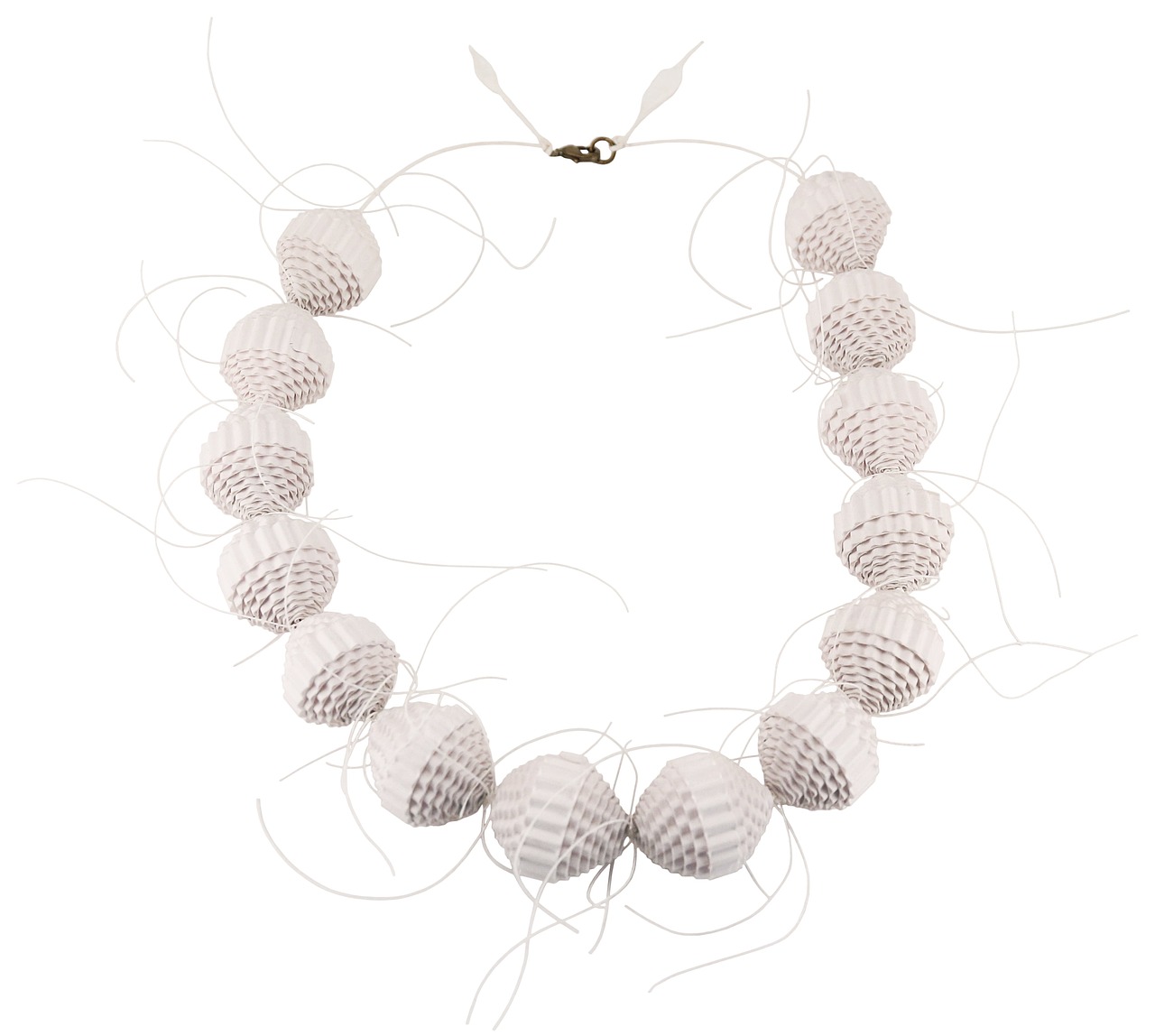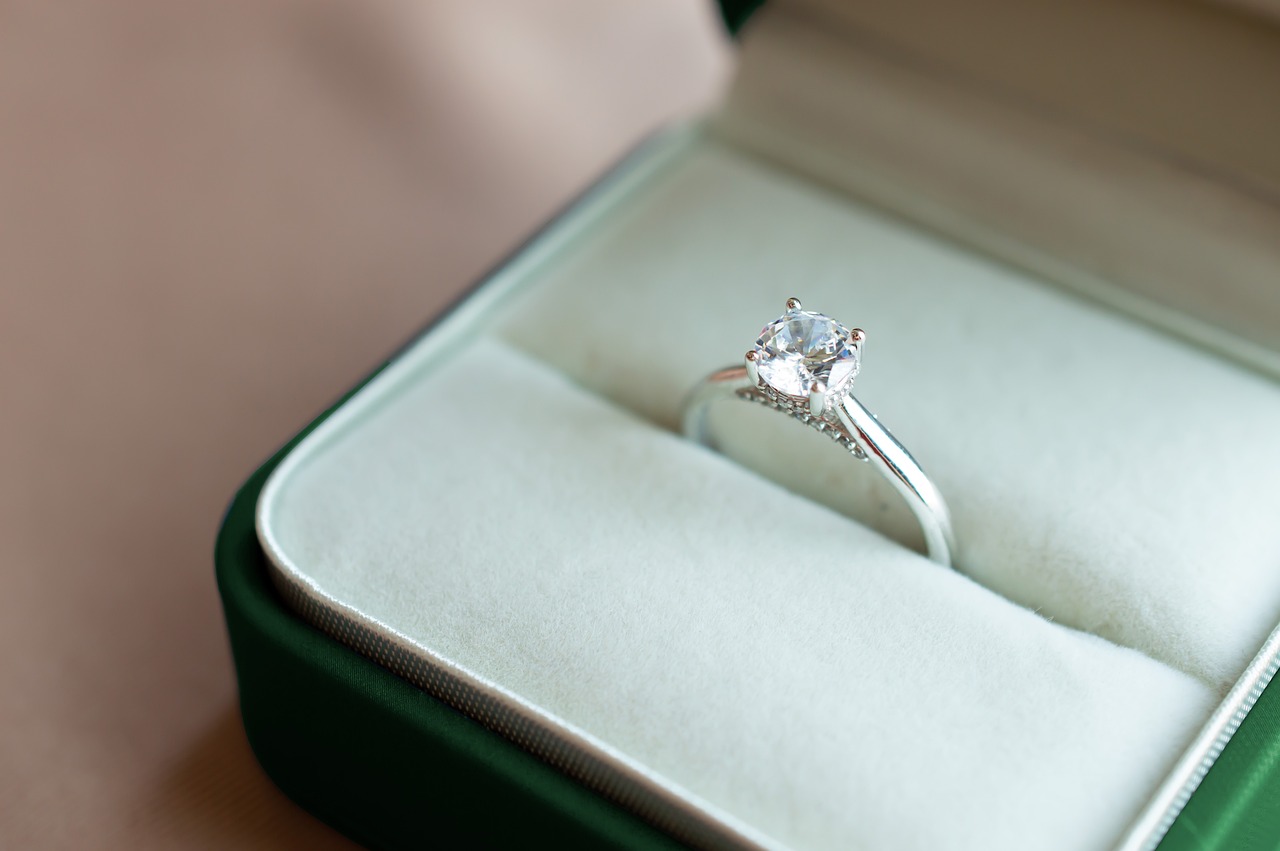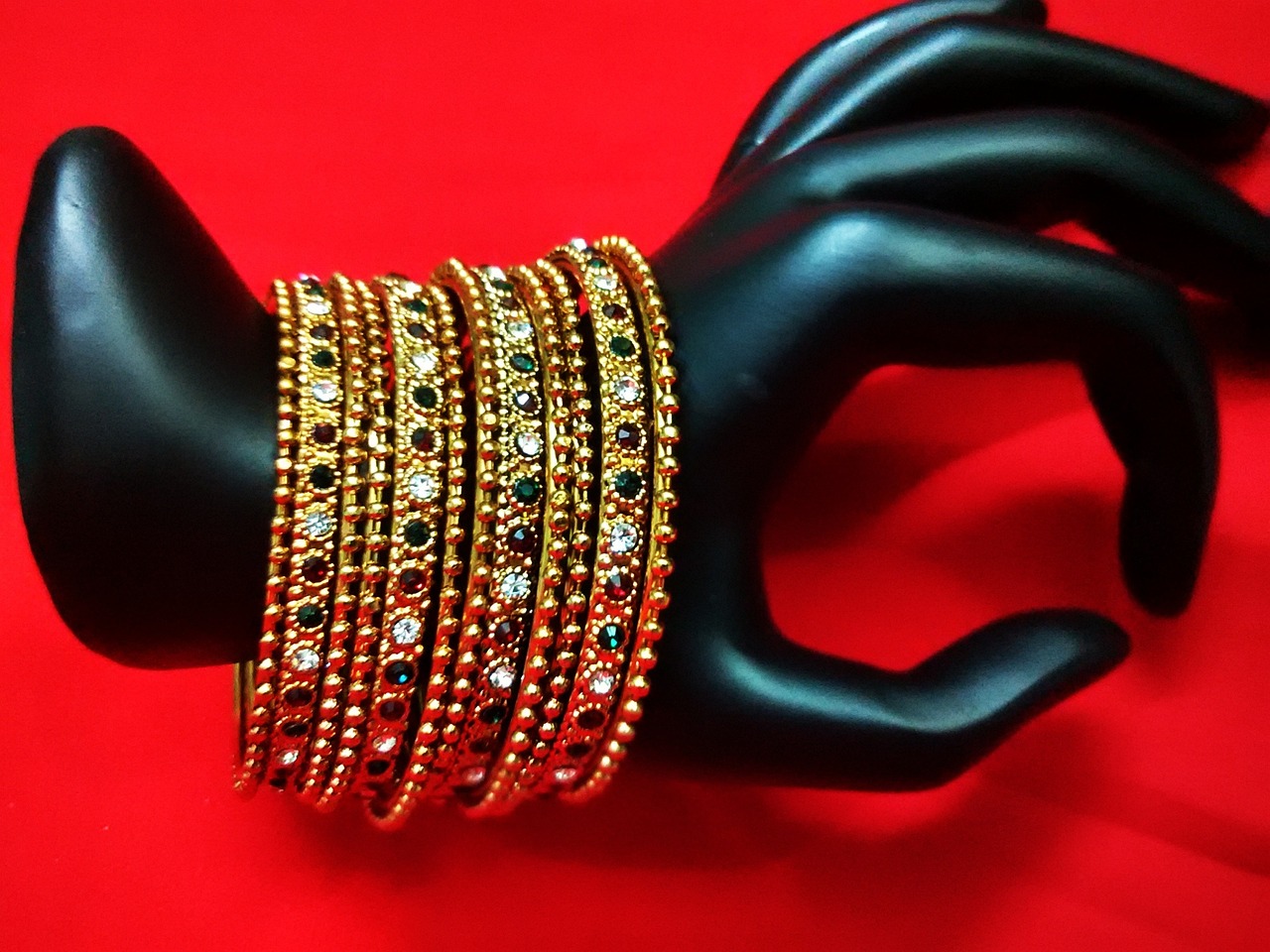This article explores the rich symbolism behind rubies and sapphires, two of the most cherished gemstones in the world. Discover the unique meanings, historical significance, and cultural associations of each stone.
Rubies are often associated with passion, love, and power. Historically, these vibrant red stones have been considered the king of gemstones, symbolizing not just beauty but also strength and vitality. In many cultures, rubies were believed to possess protective qualities, warding off evil and ensuring good fortune.
Sapphires, on the other hand, are revered for their associations with wisdom, loyalty, and nobility. This stunning blue gemstone has been a favorite among royalty and has often been used in crowns and religious artifacts. The deep blue color of sapphires is thought to represent the heavens, making them a symbol of divine favor and guidance.
Rubies have been valued since ancient times, with records indicating their use in royal adornments across various cultures. In India, rubies were considered the most precious gemstones, often embedded in the crowns of emperors. Similarly, in Europe, they were worn by nobility as symbols of status and power.
In ancient cultures, rubies were believed to hold protective powers. The Burmese warriors, for instance, would embed rubies in their skin to become invincible in battle. This belief in the strength of rubies transcended cultures, making them symbols of fortitude and resilience.
Today, rubies continue to symbolize love and passion, often featured in engagement rings and anniversary gifts. Their deep red hue is synonymous with romance, making them a popular choice for couples looking to express their enduring love.
Sapphires have a long-standing history as symbols of royalty and divine favor. They were often used in crowns, signifying the wisdom and power of the wearer. The connection between sapphires and the divine is evident in many religious texts, where they are mentioned as stones of prophecy and enlightenment.
In contemporary contexts, sapphires are frequently linked to fidelity and trust. Their rich blue color has made them a popular choice for engagement rings, symbolizing a promise of loyalty and commitment. This modern interpretation has solidified their place in both romantic and familial relationships.
The value of gemstones can vary significantly based on factors like color, clarity, and origin. Generally, high-quality rubies can be more expensive than sapphires, especially if they exhibit a deep red color. However, exceptional blue sapphires can also reach high market values. Understanding these factors is crucial for anyone considering an investment in these gemstones.
Choosing between rubies and sapphires can be challenging. It often comes down to personal preference and the symbolic meanings associated with each stone. For those who value passion and love, a ruby may be the ideal choice. Conversely, if loyalty and wisdom resonate more, a sapphire may be preferable.
Proper care can enhance the longevity of these gemstones. Regular cleaning with mild soap and water is recommended, and they should be stored separately to avoid scratches. With proper maintenance, both rubies and sapphires can retain their beauty and brilliance for generations.

What Does a Ruby Symbolize?
Rubies, with their deep red hue and captivating brilliance, have long been revered not just for their beauty but also for their profound symbolism. This gemstone has transcended time and cultures, embodying powerful meanings that resonate deeply with humanity.
Often regarded as the king of gemstones, rubies are frequently associated with passion, love, and power. Their vibrant color evokes feelings of desire and intensity, making them a popular choice for romantic gifts and significant life events. Historically, rubies have been linked to the heart, symbolizing not only romantic love but also the love of family and friends.
Rubies have a rich history that dates back thousands of years. In ancient India, they were considered the ultimate gemstone, believed to contain the essence of life and to bestow health, wealth, and wisdom upon their wearer. Kings and queens adorned themselves with rubies, believing these stones would protect them in battle and bring them victory.
Across various cultures, rubies were not merely decorative; they were seen as protective talismans. In Burmese culture, warriors would embed rubies into their skin, believing that the stones would grant them invincibility. Similarly, in Chinese culture, rubies were thought to bring good fortune and were often used in ceremonial artifacts.
Today, rubies continue to symbolize love and passion. They are a popular choice for engagement rings, representing a deep commitment between partners. The July birthstone is also a symbol of vitality and energy, making it a cherished gift for birthdays and anniversaries.
Throughout history, rubies have been featured in folklore and literature, often depicted as stones of great power and mystery. In the Bible, rubies are mentioned as being more valuable than anything else, symbolizing wisdom and virtue. Their allure has inspired countless tales, illustrating their importance across different eras and cultures.
In contemporary contexts, rubies are often seen as symbols of courage and passion. They are believed to inspire confidence and motivation, encouraging individuals to pursue their dreams and desires. This modern interpretation has made rubies a favored choice for those looking to make a bold statement.
When selecting a ruby, consider factors such as color, clarity, and cut. The most prized rubies exhibit a rich, vibrant red color, often referred to as “pigeon’s blood.” Additionally, ensure that the ruby is ethically sourced, as this adds to its overall value and significance.
To maintain the beauty of your ruby, clean it regularly with mild soap and warm water. Avoid harsh chemicals that can damage the stone. When storing, keep your ruby separate from other gemstones to prevent scratches and damage.
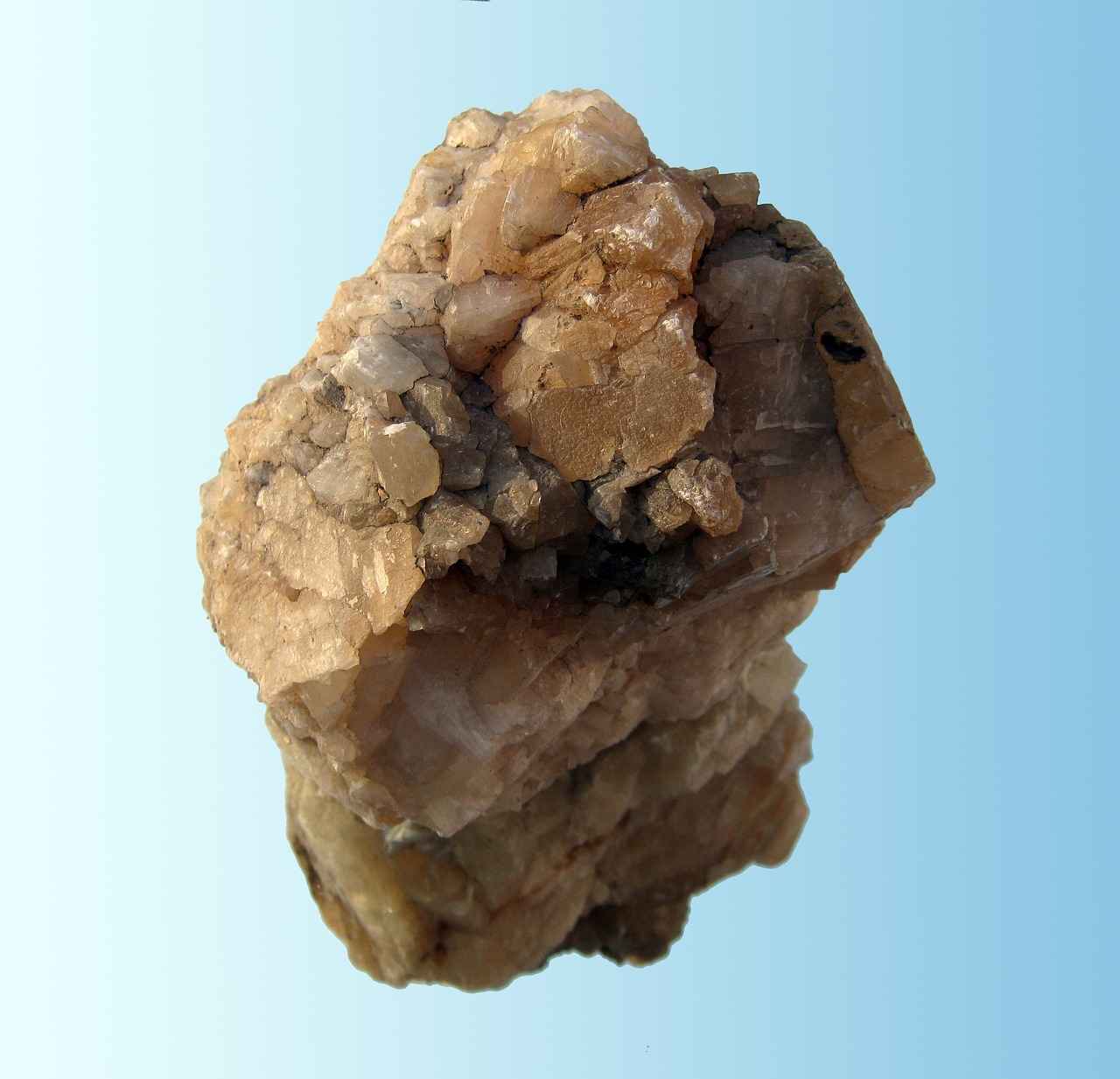
What Does a Sapphire Symbolize?
Sapphires, with their stunning hues and rich history, are more than just beautiful gemstones; they carry profound symbolism that has captivated cultures throughout the ages. Known for their deep blue color, sapphires are often associated with qualities such as wisdom, loyalty, and nobility. This section delves into the multifaceted meanings and historical context of sapphires across various civilizations.
Throughout history, sapphires have been esteemed by royalty and clergy, often seen as a symbol of divine favor. In ancient Persia, it was believed that the sky’s blue color came from sapphires, which were thought to reflect the heavens. This celestial connection imbued the stone with a sense of spirituality and protection. Furthermore, during the Middle Ages, sapphires were worn by priests and kings alike, symbolizing heavenly wisdom and divine guidance.
- Ancient Greece: The Greeks dedicated sapphires to Apollo, the god of wisdom and knowledge, believing that the stone would grant them insight and clarity.
- Middle Ages: In medieval Europe, sapphires were thought to protect against envy and harm, making them popular among the nobility.
- Asia: In many Asian cultures, sapphires are associated with loyalty and trust, often gifted to signify enduring love and commitment.
In contemporary society, sapphires are often used in engagement rings, symbolizing commitment and fidelity. Their rich color and durability make them an enduring choice for couples wishing to express their love. Additionally, sapphires are believed to promote mental clarity and emotional balance, making them popular in holistic practices and personal well-being.
When considering a gemstone, sapphires offer a unique blend of beauty and meaning. Their association with wisdom and loyalty appeals to those who value these traits in their relationships and personal lives. Moreover, sapphires come in various colors, allowing individuals to choose a shade that resonates with their personality and preferences.
In summary, sapphires are not only stunning gemstones but also rich in history and symbolism. Their associations with wisdom, loyalty, and nobility have stood the test of time, making them a cherished choice for personal adornment and meaningful gifts. Whether worn as jewelry or used in spiritual practices, sapphires continue to inspire and captivate people around the world.
Historical Significance of Rubies
Rubies have captivated human imagination and admiration for centuries, serving as a potent symbol of wealth, power, and love. Their deep red hue has made them a favorite among royals and commoners alike, transcending cultures and epochs. This section delves into the historical significance of rubies, exploring their use in royal adornments and their profound meaning across various civilizations, from ancient India to medieval Europe.
Rubies are not just beautiful gemstones; they are also imbued with rich meanings. In many cultures, rubies are viewed as a symbol of passion and courage. The vibrant red color is often associated with the heart, making rubies a popular choice for romantic gifts, particularly in engagement rings.
Throughout history, rubies have been revered for their supposed protective powers. In ancient India, they were considered sacred and were often embedded in the armor of warriors to protect them in battle. The Hindu tradition holds that rubies represent the sun, symbolizing life and vitality. Similarly, in Burma (now Myanmar), warriors believed that rubies would grant them invincibility.
In Europe, rubies became synonymous with royalty. They adorned crowns, scepters, and other regalia, signifying the wearer’s power and status. The British Crown Jewels feature stunning rubies, including the famous Black Prince’s Ruby, which is actually a red spinel. This gemstone has a storied history, having been worn by many monarchs throughout the ages.
- India: Rubies are linked to the planet Mars and are believed to bring good fortune and success.
- Burma: Known as the “blood of Buddha,” rubies are thought to possess protective qualities.
- Europe: In medieval times, rubies were believed to ward off evil spirits and promote harmony.
Today, rubies continue to symbolize love and passion. Their vibrant color makes them a popular choice for engagement rings, often seen as a bold alternative to traditional diamonds. Additionally, rubies are believed to promote emotional healing and enhance one’s self-confidence, making them a cherished gemstone in modern jewelry.
The historical significance of rubies is a testament to their enduring allure and value. From ancient warriors to modern lovers, rubies have played a vital role in human culture, embodying strength, beauty, and passion. Their legacy continues to thrive, making them one of the most sought-after gemstones in the world.
Rubies in Ancient Cultures
Throughout history, rubies have held a significant place in various ancient cultures, often regarded as powerful symbols of strength, protection, and prosperity. Their vibrant red hue has captivated the human imagination, leading to a plethora of fascinating beliefs and practices surrounding this precious gemstone.
In ancient India, rubies were considered the “king of gemstones.” They were believed to possess magical properties that could protect their wearers from harm. It was said that those who owned a ruby would be granted strength in battle and would be shielded from negative energies. The ancient texts, such as the Ratna Shastra, emphasized the importance of rubies in enhancing one’s vitality and promoting overall well-being.
In ancient Egypt, rubies were associated with the sun god Ra and were thought to bring about divine favor. They were often used in jewelry worn by pharaohs and high priests, symbolizing their connection to the divine. Rubies were also placed in tombs as offerings to ensure protection in the afterlife, showcasing their significance in both life and death.
In Chinese culture, rubies were believed to bring good fortune and prosperity. They were often used in amulets and talismans, thought to ward off evil spirits and bring happiness to the wearer. The Chinese associated the red color of rubies with luck and success, making them popular gifts during significant life events, such as weddings and births.
The Romans valued rubies for their beauty and rarity, often using them in ornate jewelry. They believed that rubies could heal physical ailments and protect against misfortune. Roman soldiers would carry rubies into battle, convinced that these gemstones would grant them courage and strength in the face of danger.
- Protection: Rubies were seen as powerful protectors against harm and negativity.
- Strength: Many cultures believed that wearing rubies could enhance physical and mental strength.
- Wealth: Rubies were often associated with prosperity and success, making them desirable among the elite.
The beliefs surrounding rubies influenced their use in various cultural practices. For example, rubies were often incorporated into religious artifacts, royal crowns, and personal adornments. Their association with protection and strength made them a popular choice for warriors and leaders, who sought to harness their power.
Today, the legacy of rubies as symbols of strength and protection continues. Although modern interpretations may vary, the historical significance of rubies remains a testament to their enduring allure. As gemstones that symbolize love and passion, rubies still hold a cherished place in jewelry, particularly in engagement rings, where they represent deep emotional connections.
Rubies in Modern Times
In the contemporary world, rubies are more than just stunning gemstones; they are powerful symbols of love and passion. Their vibrant red hue has long been associated with intense emotions, making them a popular choice for significant life events, especially in the realm of engagement rings. This section delves into the modern significance of rubies, exploring their role in relationships and personal adornment.
When it comes to engagement rings, many couples opt for traditional diamonds. However, rubies are gaining recognition for their unique appeal. Here are some reasons why:
- Unique Symbolism: Rubies represent deep love and commitment, making them a fitting choice for engagements.
- Distinctive Beauty: The striking red color of rubies stands out, offering a bold alternative to the classic diamond.
- Historical Significance: Rubies have a rich history, often associated with nobility and power, which adds depth to their modern use.
Rubies are not limited to engagement rings; they are versatile gemstones that can enhance various types of jewelry. Their vibrant color allows them to be paired beautifully with different metals and gemstones, making them a favorite among jewelry designers. Here are some ways rubies are used in personal adornment:
- Statement Pieces: Ruby necklaces or earrings can serve as a stunning focal point in any outfit.
- Everyday Elegance: Smaller ruby accents in rings or bracelets can add a touch of elegance to daily wear.
- Gifts of Love: Rubies are often gifted on special occasions, symbolizing deep affection and care.
Beyond their aesthetic appeal, rubies are believed to carry various benefits. Many cultures view them as protective stones that can bring good fortune and vitality to the wearer. Here are some purported benefits:
- Emotional Healing: Rubies are thought to promote emotional stability, helping to balance one’s feelings.
- Enhanced Energy: Wearing rubies is said to invigorate the spirit and boost energy levels.
- Protection: Historically, rubies were believed to protect against negative energies and bring prosperity.
To maintain the beauty and brilliance of your ruby jewelry, proper care is essential. Here are some tips:
1. Clean regularly with a soft cloth to remove dirt and oils.2. Avoid harsh chemicals that can damage the stone.3. Store separately to prevent scratches from other jewelry.4. Have your jewelry professionally checked for loose settings.
In summary, rubies hold a significant place in modern relationships, symbolizing love and passion. Their unique beauty and rich history make them a cherished choice for engagement rings and other personal adornments. As more couples seek alternatives to traditional diamonds, rubies continue to shine brightly in the world of fine jewelry.
Historical Significance of Sapphires
Sapphires have captivated humanity for centuries, not only for their stunning beauty but also for their profound symbolism and historical significance. These precious stones have long been associated with royalty and divine favor, making them a favored choice for crowns and religious artifacts.
Sapphires have been cherished by monarchs and leaders throughout history. Their deep blue hue is often linked to the heavens, symbolizing wisdom, loyalty, and nobility. This section delves into the reasons behind their esteemed status among royalty.
Throughout the ages, sapphires have adorned the crowns of kings and queens. The British Crown Jewels, for instance, feature several exquisite sapphires, signifying the wearer’s power and divine right to rule. The most notable is the Star of India, a spectacular star sapphire weighing 563 carats, which has been a part of the American Museum of Natural History collection since the early 20th century.
In addition to their royal associations, sapphires have also played a significant role in religious artifacts. Many ancient cultures believed that sapphires could protect the wearer from harm and bring them closer to the divine. For example, in Christianity, sapphires are often linked to the heavens and are mentioned in the Bible as a symbol of purity and wisdom.
- Ancient Greece: Greeks believed that sapphires could grant wisdom and foresight, making them popular among philosophers and leaders.
- Middle Ages: During this period, sapphires were believed to protect against envy and harm, often set in rings worn by clergy and nobility.
- Asia: In various Asian cultures, sapphires are considered auspicious stones, believed to bring good fortune and harmony.
Today, sapphires are not only valued for their beauty but also for their symbolic meanings. They are often seen as stones of fidelity and trust, making them a popular choice for engagement rings and other significant jewelry pieces. Their rich history and cultural significance continue to make them a beloved gemstone around the world.
In summary, sapphires hold a unique position in history as symbols of royalty and divine favor. Their use in crowns and religious artifacts reflects their enduring appeal and the deep-rooted beliefs associated with them. From ancient times to the modern era, sapphires have maintained their status as one of the most cherished gemstones, embodying qualities that resonate with people across cultures and generations.
Modern Interpretations of Sapphire Symbolism
In the world of gemstones, sapphires hold a unique place, particularly in contemporary contexts. Their deep blue hue and remarkable clarity have made them symbols of fidelity and trust. This section delves into how these meanings shape their use in jewelry and personal gifts, enhancing their allure and significance in modern society.
Sapphires have long been linked to the concept of fidelity, particularly in the context of romantic relationships. Historically, they were favored as engagement ring stones because they symbolize unwavering love and commitment. The belief is that gifting a sapphire signifies a promise of loyalty and trustworthiness, making it an ideal choice for couples.
- Engagement Rings: Many couples opt for sapphires as a distinctive alternative to traditional diamond engagement rings. The choice reflects a desire for a unique symbol of their love.
- Anniversary Gifts: Sapphires are often given on significant anniversaries, particularly the 5th and 45th, representing enduring love and commitment.
- Personalized Jewelry: Customized sapphire pieces, such as necklaces or bracelets, are popular gifts that convey deep personal meaning and connection.
Across various cultures, sapphires have been revered not just for their beauty but also for their spiritual significance. In ancient Persia, it was believed that the sky was painted blue by the reflection of sapphires. This notion linked the stone to divine favor and protection, reinforcing its status as a powerful symbol of trust and loyalty.
When it comes to gifting, sapphires are often chosen for their emotional weight. A sapphire pendant or pair of earrings can serve as a heartfelt reminder of a cherished relationship. The act of giving a sapphire is seen as a way to express deep feelings of love and commitment, making it a popular choice for birthdays, anniversaries, and other significant milestones.
One of the appealing aspects of sapphires is their durability. With a hardness rating of 9 on the Mohs scale, sapphires are highly resistant to scratches and wear. This makes them ideal for everyday jewelry, allowing individuals to carry the symbolism of fidelity and trust with them at all times. Whether in a ring, bracelet, or pendant, sapphires can seamlessly fit into daily life.
When selecting a sapphire, consider factors such as color, cut, clarity, and carat weight. The most prized sapphires exhibit a vibrant blue hue, often referred to as “cornflower blue.” Additionally, the stone’s cut can enhance its brilliance and overall appeal. Understanding these elements can help in choosing a sapphire that not only looks stunning but also embodies the values of fidelity and trust.
In conclusion, sapphires are more than just beautiful gemstones; they are rich in meaning and significance. Their association with fidelity and trust makes them a popular choice for jewelry and personal gifts, symbolizing enduring love and commitment. As more individuals seek unique and meaningful expressions of their relationships, sapphires will continue to hold a cherished place in the world of gemstones.

Are Rubies or Sapphires More Valuable?
The world of gemstones is both fascinating and complex, particularly when it comes to understanding their value. Among the most sought-after stones are rubies and sapphires. Both possess unique qualities and histories that contribute to their market value. In this section, we will explore the factors that influence the valuation of these two magnificent gemstones, helping you understand their investment potential.
- Color: The color of a gemstone is one of the most crucial factors affecting its value. For rubies, the most prized hue is a deep, vibrant red, often referred to as “pigeon blood.” In contrast, sapphires are valued for their rich blue tones, although they can also come in a variety of colors, known as fancy sapphires.
- Clarity: Clarity refers to the presence of inclusions or blemishes within a gemstone. Stones with fewer imperfections are generally more valuable. High-quality rubies and sapphires can command significantly higher prices due to their clarity.
- Origin: The origin of a gemstone can greatly influence its market value. Rubies from Myanmar (Burma) and sapphires from Kashmir are particularly coveted for their historical significance and superior quality.
In recent years, the market for both rubies and sapphires has seen fluctuations due to various factors, including supply and demand, global economic conditions, and consumer preferences. According to industry reports, rubies have experienced a surge in popularity, leading to increased prices, especially for high-quality stones. Conversely, while sapphires remain popular, their market has been more stable, with steady demand across various price ranges.
When considering investment potential, both rubies and sapphires offer unique advantages. Rubies are often viewed as a safer investment due to their rarity and rising demand. As a result, they have the potential for significant appreciation over time. On the other hand, sapphires, particularly those with unique colors, can also provide excellent returns, especially as collectors seek out rare varieties.
To accurately assess the value of a ruby or sapphire, it’s essential to consult with a qualified gemologist. They can provide insights into the gemstone’s quality based on the four Cs: color, clarity, cut, and carat weight. Additionally, obtaining a certification from a reputable gemological laboratory can provide further assurance of the stone’s authenticity and value.
Deciding between investing in rubies or sapphires ultimately depends on personal preferences and financial goals. Both gemstones offer unique beauty and historical significance, making them valuable assets in any collection. By understanding the factors that influence their value, you can make a more informed decision that aligns with your investment strategy.
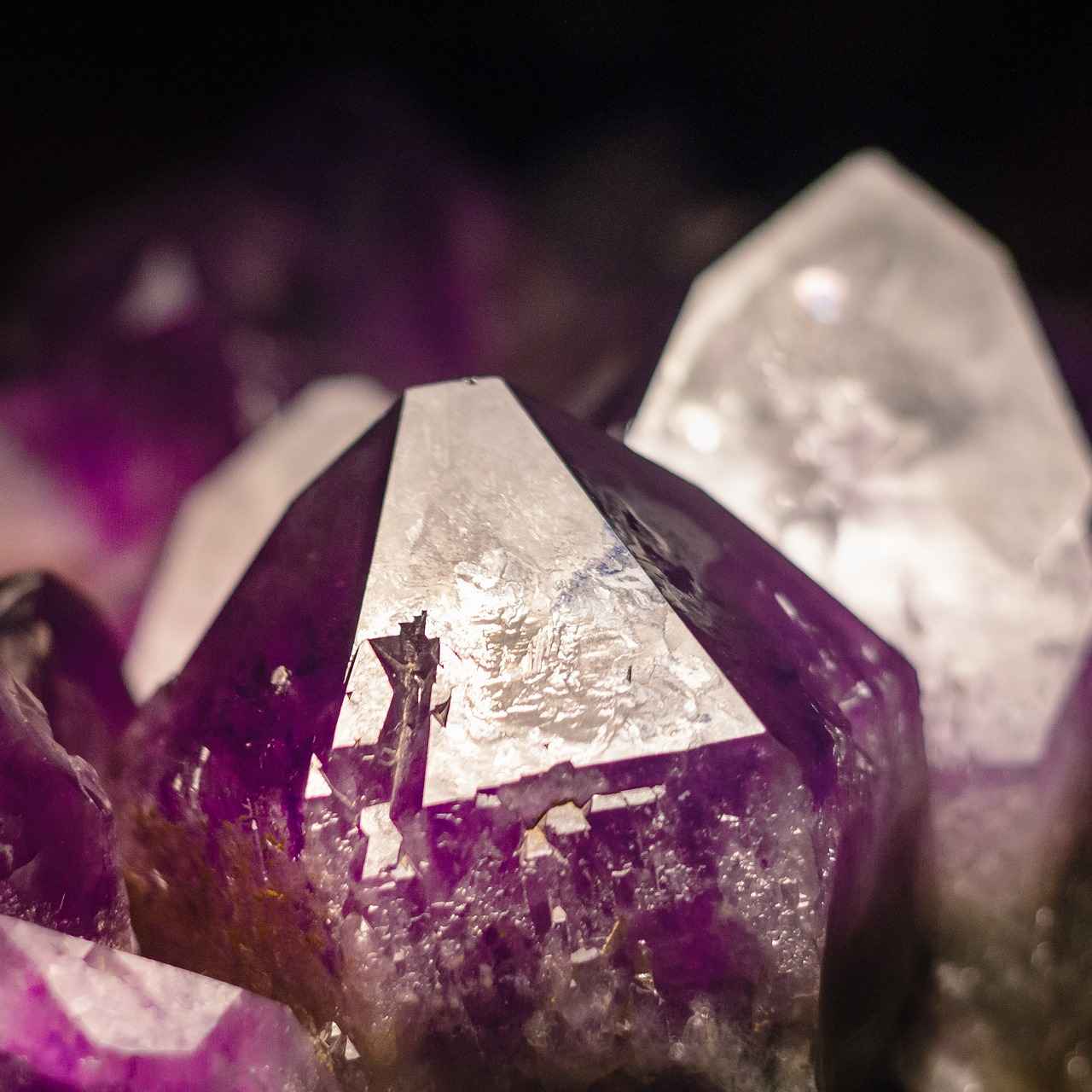
How to Choose Between Ruby and Sapphire?
Choosing a gemstone can be a deeply personal experience, especially when it comes to the vibrant ruby and the serene sapphire. Both of these gemstones have their unique charm and significance, making the decision a challenging one. This section aims to provide practical advice on selecting the right gemstone based on individual preferences and the rich symbolic meanings attached to each stone.
Before diving into the characteristics of each gemstone, it’s essential to reflect on your personal style and what resonates with you. Do you prefer the fiery allure of a ruby or the calming hues of a sapphire? Consider the following:
- Color Preference: Rubies are typically a deep red, while sapphires can be found in various colors, including blue, pink, and yellow. Which color speaks to you?
- Symbolic Meaning: Rubies symbolize passion and love, while sapphires are associated with wisdom and loyalty. What qualities do you value most?
- Occasion: Is this gemstone for a special occasion like an engagement, birthday, or simply for personal enjoyment? The context can influence your choice.
Both rubies and sapphires carry significant cultural and historical meanings. Understanding these can help you make an informed decision:
- Rubies: Known as the “king of gemstones,” rubies have been cherished for centuries. They are often seen as a token of passionate love and vitality. Many believe that wearing a ruby can enhance one’s energy and confidence.
- Sapphires: Traditionally associated with royalty, sapphires are symbols of wisdom and nobility. They are thought to bring peace and serenity, making them an excellent choice for those seeking calm in their lives.
Both gemstones are durable, but they do require some care. Rubies score a 9 on the Mohs hardness scale, making them quite resistant to scratches. Sapphires also score a 9, but their color can be more susceptible to fading if exposed to strong sunlight for prolonged periods. When choosing between the two, consider:
- Daily Wear: If you plan to wear the gemstone daily, a ruby might be slightly more resilient.
- Cleaning: Both gemstones can be cleaned with warm soapy water, but avoid harsh chemicals that can damage their surface.
If you are considering your gemstone as an investment, it’s important to note that both rubies and sapphires can hold their value well. Factors such as color, clarity, and origin play significant roles in determining their market value. Rubies from Myanmar, for example, are particularly prized, while sapphires from Kashmir are also highly sought after. Researching these aspects can guide your choice if investment is a priority.
Ultimately, the choice between a ruby and a sapphire should align with your personal preferences, lifestyle, and the meanings that resonate with you. Whether you are drawn to the intense passion of a ruby or the calm wisdom of a sapphire, both gemstones offer unique beauty and significance. Take your time, explore your options, and choose the gemstone that feels right for you.

Care and Maintenance of Rubies and Sapphires
When it comes to gemstones, rubies and sapphires are among the most treasured. To ensure these beautiful stones maintain their brilliance and charm over time, proper care and maintenance are essential. This section offers valuable insights into the best practices for cleaning, storing, and preserving these exquisite gemstones.
Cleaning your gemstones regularly is crucial for maintaining their shine. Here are some effective methods:
- Gentle Soap Solution: Mix a few drops of mild dish soap with warm water. Soak a soft cloth in the solution and gently wipe the gemstone. Avoid using harsh chemicals that could damage the stone.
- Soft Brush: For intricate settings, use a soft-bristled toothbrush to reach small crevices. Ensure the brush is clean and dry before use to prevent scratches.
- Rinse Thoroughly: After cleaning, rinse the gemstone under lukewarm water to remove any soap residue. Pat it dry with a soft, lint-free cloth.
Storing your gemstones properly is just as important as cleaning them. Here are some tips:
- Separate Storage: Store rubies and sapphires separately to prevent scratches. Use a soft pouch or a dedicated compartment in your jewelry box.
- Avoid Extreme Temperatures: Keep gemstones away from extreme heat or cold, as temperature fluctuations can affect their integrity.
- Use a Jewelry Box: A well-padded jewelry box can protect your stones from dust and damage. Consider using dividers for additional protection.
Maintaining the beauty of rubies and sapphires requires regular checks and care:
- Periodic Inspections: Regularly inspect your gemstones for any signs of damage or loosening in their settings. Early detection can prevent further issues.
- Avoid Exposure to Chemicals: Keep your gemstones away from household cleaners, perfumes, and lotions, as these can dull their shine.
- Professional Cleaning: Consider having your gemstones professionally cleaned and inspected every few years. Jewelers have specialized tools and techniques to restore their original luster.
Environmental factors can indeed impact the longevity of your gemstones. Here are a few considerations:
- Humidity: High humidity levels can lead to moisture buildup, which may affect the stone’s setting. Store your jewelry in a dry place.
- Sunlight Exposure: Prolonged exposure to sunlight can fade the color of sapphires, especially lighter shades. Keep your gemstones out of direct sunlight when not in use.
By following these care and maintenance tips, you can ensure that your rubies and sapphires remain stunning and vibrant for generations. Investing time in their upkeep not only enhances their beauty but also preserves their sentimental value.
Frequently Asked Questions
- What is the primary symbolism of rubies?
Rubies are often seen as symbols of passion, love, and power. They have a rich history tied to various cultures, where they were believed to embody strength and vitality.
- How do sapphires differ in symbolism from rubies?
Sapphires are revered for their associations with wisdom, loyalty, and nobility. Unlike rubies, which represent fiery emotions, sapphires are more about calmness and trust.
- Which gemstone is generally more valuable?
The value of rubies and sapphires can vary greatly depending on factors like color, clarity, and origin. Typically, high-quality rubies can fetch higher prices than sapphires, but exceptional sapphires can also be quite valuable.
- How should I care for my ruby or sapphire?
To maintain the beauty of your gemstones, clean them gently with warm soapy water and a soft cloth. Avoid harsh chemicals and store them separately to prevent scratches.
- What should I consider when choosing between a ruby and a sapphire?
Think about the symbolism that resonates with you, your personal style, and how you plan to wear the gemstone. Both have unique meanings and aesthetics that can influence your choice.
